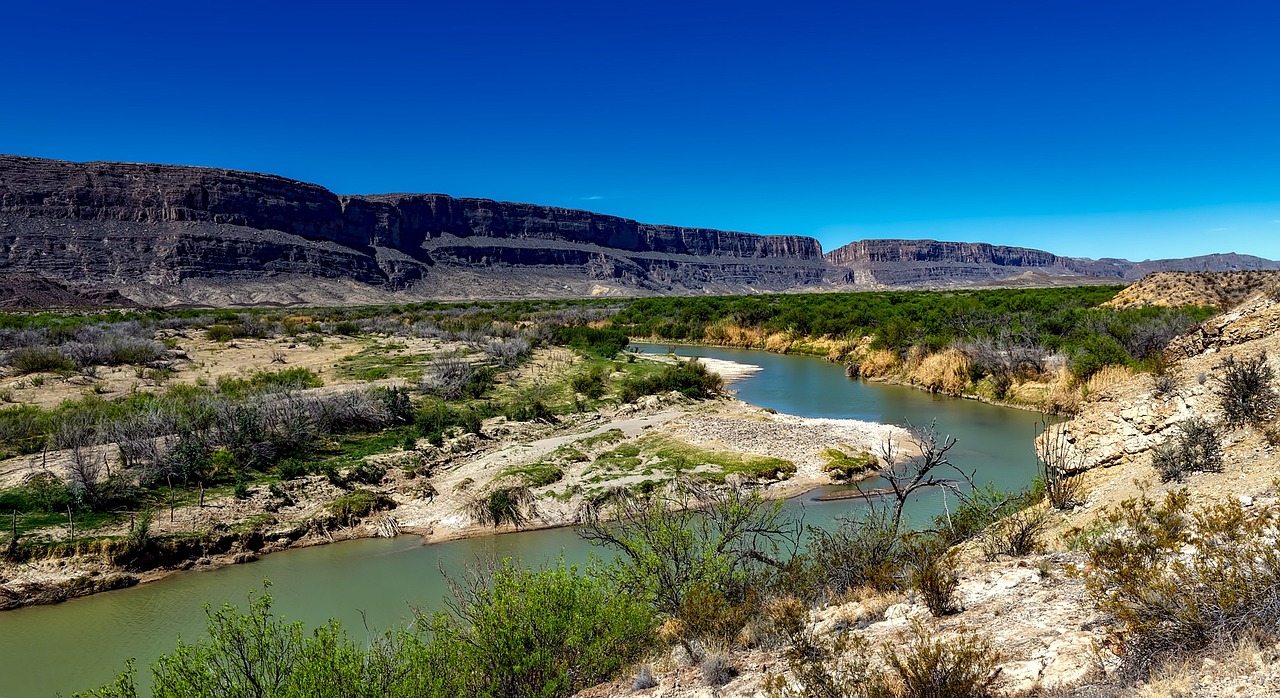Mexico’s Ministry of Foreign Relations sent a diplomatic note to the US government on Friday expressing its concerns about the deployment of floating barriers by Texas on the Rio Grande. The memo raised concerns that the barriers may violate 1944 and 1970 treaties on boundaries and water, which require the river to remain unobstructed, and could have detrimental environmental and humanitarian impacts.
The Water Treaty of 1944 and the Boundary Treaty of 1970 between Mexico and the US govern water that separate the two nations and the boundaries, and any interference with the river’s flow could potentially violate these agreements. According to the Mexican government, the floating barriers could obstruct and divert the normal runoff and avenues of the river, particularly if they are washed downstream by a flood. The government of Mexico cited Article 17 of the 1944 Water Treaty, which states that the use of the channel of international rivers for the discharge of flood waters or other surpluses will be free. The placement of the buoy barrier within the channel of the Rio Grande contravenes this article.
The barriers may also violate Article IV B.1 of the 1970 Boundary Treaty, which establishes that both contracting states must prohibit the construction of works in its territory that may cause diversion or obstruction of the normal flow of the river or its avenues. The treaty applies to the main channel of the river and adjacent lands up to a distance on each side of the international boundary recommended by the International Boundary and Water Commission and approved by the two Governments.
The deployment of floating barriers in the Rio Grande is part of Texas Republican Governor Greg Abbott’s efforts to enhance border security. Abbott asserts that the multi-billion-dollar initiative is needed to address border challenges, such as illegal crossings.
As the situation continues to evolve, it remains to be seen how the U.S. government will respond to Mexico’s concerns.


